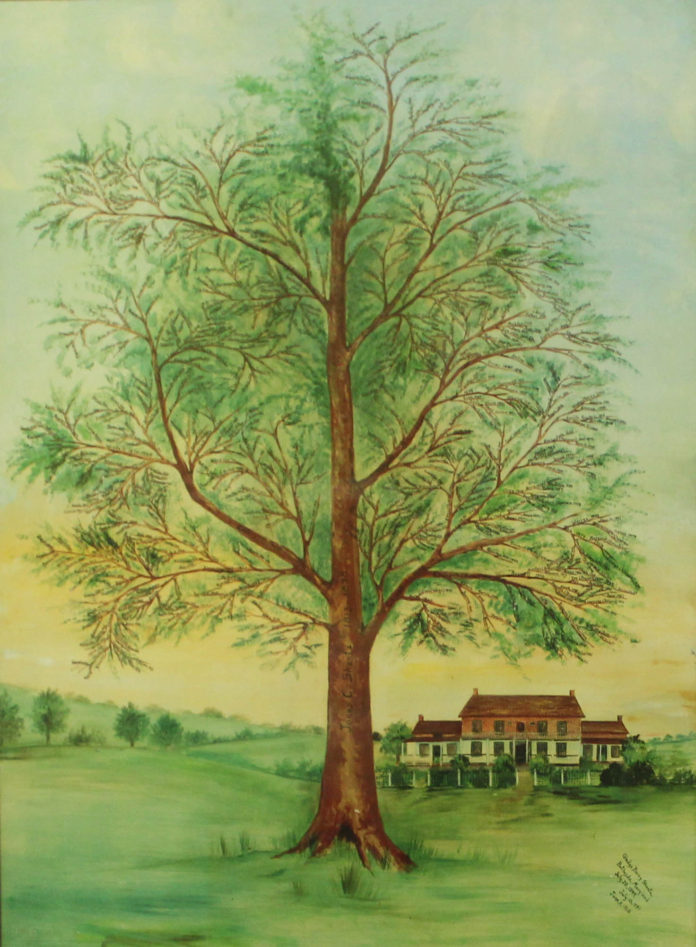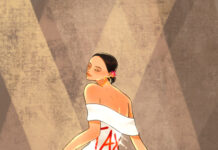In 1950, Lorraine Roth, an Amish and Mennonite genealogist, discovered an inconsistency in her family’s understanding of their ancestry when recording the Brenneman family tree which followed her mother’s maiden name.
“They always thought Jacob Brenneman was married to a woman named Magdalena. In fact, when Lorraine went and did some research, she discovered that the woman’s name was Lydia Leonard, and Leonard is an Irish name. So this Amish family discovered that they had this Irish ancestor,” Laureen Harder-Gissing, Archivist and Librarian of the Milton Good Library at Conrad Grebel University College, said.
Roth’s family tree is on display among many others at Grebel’s new exhibit, Growing Family: Design and Desire in Mennonite Genealogy. The exhibit is free to visit and open for self-guided tours until May 2021.
The exhibit includes over a dozen different Mennonite family trees, as well as different charts and artworks that represent family histories.
Harder-Gissing was inspired to create the exhibit after noticing the number of people that would stop and closely inspect the family tree she had hung outside her office previously.
“There’s something about [family trees] that’s really appealing to people, that can really draw you in, even if you don’t know the family,” Harder-Gissing said. “We live in a time that is so future-oriented, it’s hard to even imagine the past.”
Family lineage can be hard to trace. Some people may live with a partner without getting married, children can be adopted, and some people may die without having children.
Some people have gone to the lengths to create greater, more complex archives for these extra-familial relationships.
These are community family trees, where a genealogist will track not only their own family, but every family that lived in a chosen village or county and combine all the relations in one database.
One goal of the exhibit is to inspire other artists to take the idea of family and community trees a step further.
“It would be interesting to see—and I’ve never seen it—but I wonder what would happen if we drew friend trees,” Harder-Gissing said. “What I’m hoping that my exhibit does is stimulate and inspire people who are more artistic than I am to come and take a look at what we have here and think about some of those things, and think about how would you do that? How would you draw a tree of friends?”
Guided tours upon a request to Harder-Gissing at the email address lharderg@uwaterloo.ca in advance.
































